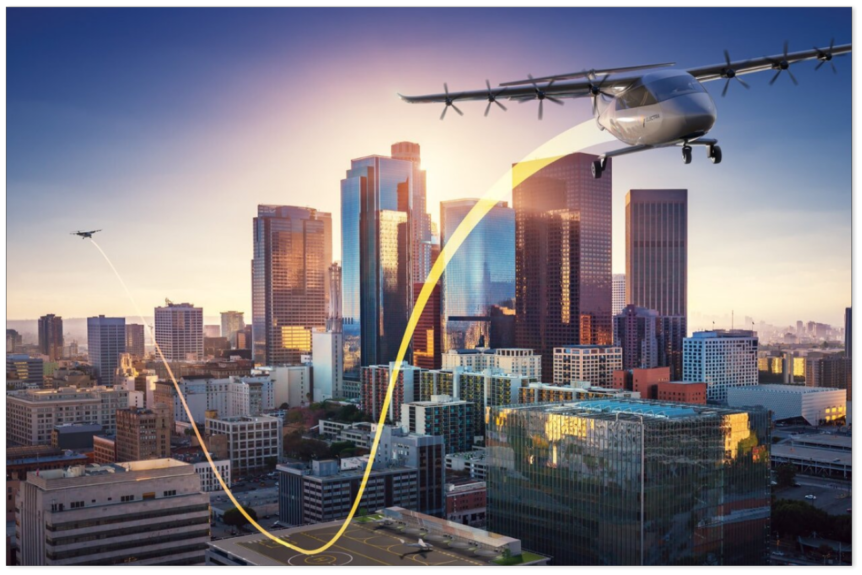China seems to be leading the way in battery development, with recent announcements of increased energy density solid-state batteries, and batteries that can last for close to a million miles of service. The two companies are reporting batteries already in service or close to being released to the public. Tailan New Energy Doubles Down Reporting in Electrek, Scooter Doll reports Tailan New Energy has announced vehicle-grade all-solid-state lithium batteries with energy density “twice that of other cells in the segment.” Only six years old, the firm has taken a leading role in the battery industry. The Energy Viking reports further. Tailan has achieved a 120 Amp-hour solid-state battery cell using “ultra-thin and dense composite oxide solid electrolytes, high-capacity advanced positive and negative electrode materials, and an integrated molding process.” Housing an energy density of 720 Watt-hours per kilogram, twice that of other batteries installed in passenger electric vehicles in China, these new cells could effectively double the mileage per charge. …
Electra Attracts Customers, Investors and Landing Sites
Electra Aero has found worldwide interest in its electric ultra-short take-off and landing airplane, an eight-motor craft capable of taking off and landing across most jet-size runways. Producing such an aircraft takes great design, appropriately-designed landing sites, a well-integrated infrastructure, and financial backing for the total package. Electra Aero for the Design Powered by a hybrid generator driving four electric motors, Electra Aero’s aircraft uses “blown lift” to take off over very short distances – less than 150 feet, according to the company. Ben Marchionna, director of technology and innovation at Electra Aero, explains, “eVTOLs use electric propulsion to take off and land vertically – many of these concepts then transition from vertical flight to forward flight with a wing providing the lift once in cruise… Vertical flight requires significantly more power, resulting in an enormous payload, range, and cost penalty. eSTOLs use electric propulsion and an aerodynamic technique called blown lift to takeoff over distances as short as 100 …
HyPoint and Hydrogen Flight
Their web site proclaims, “HyPoint, Inc. is developing the next generation hydrogen fuel cell system with zero CO2 emissions and game-changing energy performance for the air transportation and urban air mobility market.” Pointing out a “fundamental barrier at a chemistry level” for lithium-ion batteries, the fuel cell maker launches some seemingly outrageous claims. HyPoint states, “Our patented technology increases operational time and utilization rate while decreasing TCO (total cost of operation) of any flying platform.” They claim “5X operational time, 10X utilization rate, 20X faster charge,” and a TCO 90 percent of equivalent battery-powered systems. As we have reported here, demonstrated outputs for lithium-ion cells are around 350 Watt-hours per kilogram, and about 260 Whr/kg at the pack level. HyPoint says it can already demonstrate a system-level specific power of 1,000 Watts per kilogram and an energy density of 530 kW-hr/kg. The company points to its next generation of “turbo air-cooled” units to produce even more power and show better energy density. These improvements would make the …
Electric Beaver Flies in Vancouver, B. C.
Residents of Vancouver, B. C. were not awakened by the overhead passage of a DeHavilland Beaver Tuesday morning. The electrically-powered floatplane lifted off at around 8:30 a. m. and zipped by quietly, its Magnix motor humming and only its four-bladed propeller disturbing the air. The full-flight video below has the airplane “taxiing” for the first four minutes. Harbour Air took the daring step of publicly test flying an old but spiffily refurbished airplane with a new motor, the paint scheme revealing the location of all major electrical components. Even more daring, Greg McDougall, founder and CEO of Harbour Air piloted the flight. Talk about faith in your product. Engine/Motor Swap The Beaver’s original Pratt & Whitney R-985 engine produced 450 horsepower from its 682 pounds – relatively light for its day. (It was developed in 1929 – two years after Lindbergh’s flight – and put into production in 1930.) Its dual magnetos were a nod to redundancy. The Magni500 weighs …




